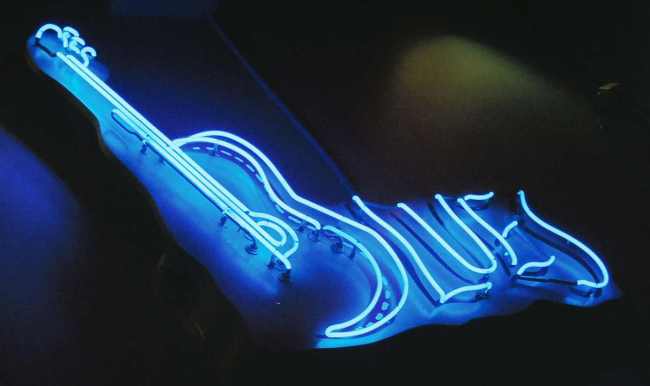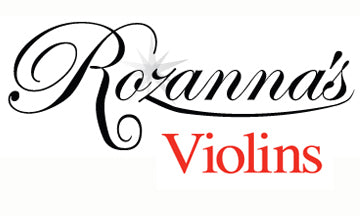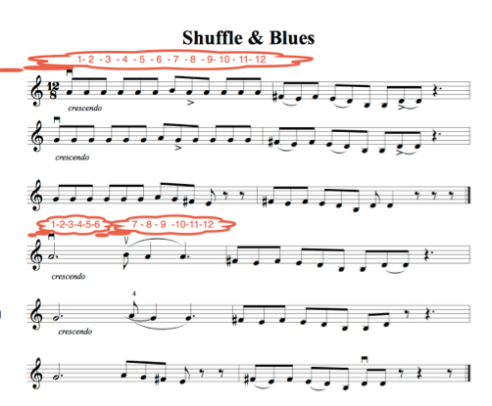 The Blues Scale The blues is a type of Jazz music created by African-American musicians in the United States in the early 1900’s. It uses a 12 bar or measure form and the notes of the blues scale can be made into a melody or accompaniment. The blues dates back to the 1860’s. The American writer, Washington Irving, is credited with coining the term ‘the blues,’ as it is now defined, in 1807. The blues scale is very similar to a pentatonic minor scale. The only difference is that the 4th degree is raised by a half step. This raised 4th degree, believed to give the scale a ‘bluesy’ sound, has been used extensively in Rock, Blues, Jazz and other improvisation styles. Other scales used in Jazz and Blues include the Pentatonic Major and Minor Scales, Blues and the Harmonic and Melodic Minor Scales.
The Blues Scale The blues is a type of Jazz music created by African-American musicians in the United States in the early 1900’s. It uses a 12 bar or measure form and the notes of the blues scale can be made into a melody or accompaniment. The blues dates back to the 1860’s. The American writer, Washington Irving, is credited with coining the term ‘the blues,’ as it is now defined, in 1807. The blues scale is very similar to a pentatonic minor scale. The only difference is that the 4th degree is raised by a half step. This raised 4th degree, believed to give the scale a ‘bluesy’ sound, has been used extensively in Rock, Blues, Jazz and other improvisation styles. Other scales used in Jazz and Blues include the Pentatonic Major and Minor Scales, Blues and the Harmonic and Melodic Minor Scales.
THE SHUFFLE RHYTHM
Rhythm is a key element in Jazz, Blues and every other musical style. The Shuffle is a common rhythm pattern often heard in the drums as well as guitar and can be used by the violinist when improvising and accompanying other instruments. A Shuffle rhythm is based on a triplet feel. A triplet is a quarter note divided into 3 equal eighth notes. In typical blues style, the first part of the beat will have the most emphasis while the 3rd eighth note is clipped. In a Blues Shuffle first 2 eighth notes can also be tied together with more weight on the notes to emphasize the bluesy emotion of the music. The heaviness of the first beat reflects the ‘heavy blues emotion’ of the music.
When beginning to learn the shuffle rhythm it is essential for the player to sub-divide the beats when practicing so that rhythm can be played with precision. So a 4 beat measure with a Shuffle rhythm with triplets could be counted as such: 123 223 323 423. To get the rhythmic feel it can be helpful to clap these subdivisions or tap them on a music stand with a pencil. Once the pulse is firmly established in one’s mind, it can be transferred into playing the violin.
The Swing Shuffle is similar to the Blues Shuffle but the difference is rather than tying the first 2 eighth notes of the beat and then playing a shortened eighth note, there is a rest between the 1st eighth note and 3rd eighth note. So the pattern would be something like:
1 rest3 2 rest 3 3 rest 3 4 rest 3

